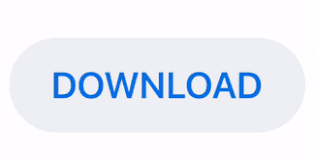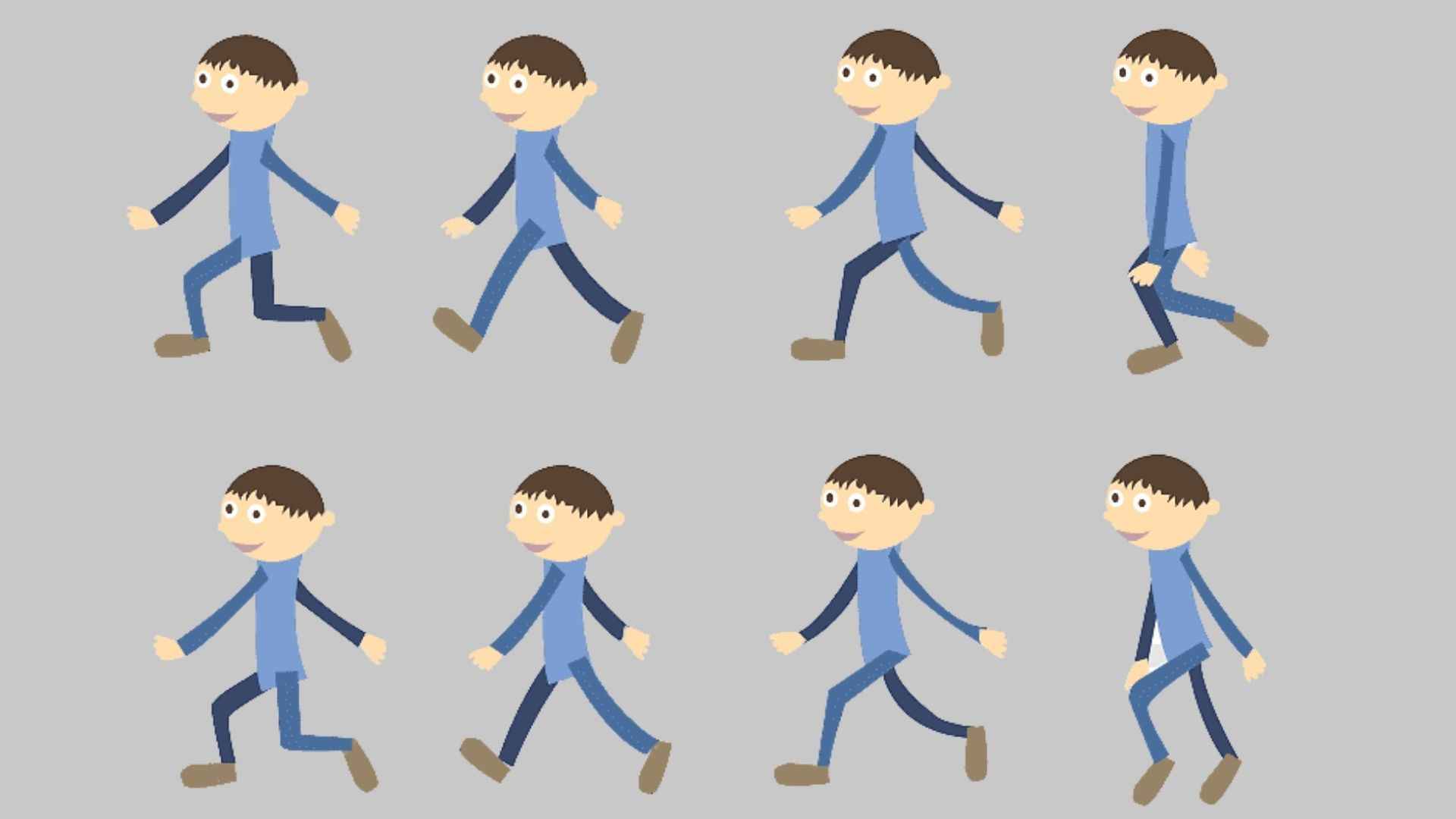

"We just wanted to make a game that we loved, that we could be proud of.

"We said 'all right, let's go all in! Let's go big or go home" Marija Moldenhauer, Studio MDHR "It's definitely been a labour of love," Marija laughs, an understatement if I've ever heard one, adding, "oh, and a lot of paper." There's a somewhat disruptive, anarchistic feel to the development of Cuphead. This is not how video games are traditionally made this isn't even how cartoons are made anymore. If you were to see a maniacal carrot bearing hammers for hands spinning 360, for example, that isn't a 3D image being spun artificially in software, that's individual frames for each stage of the rotation – each of them needs to be individually drawn, inked, and coloured before being inserted into the game for that animation to be constructed and, eventually, played. Levels, characters, bosses, attacks and their animations, everything, is done by hand. In order to really nail that aesthetic authentically, Studio MDHR would adopt the same production techniques that Fleischer and Disney popularised in the early '30s every single asset and animation – motion, movement and action – that you see in the game started life as a pencil drawing on a piece of paper. Cuphead is heavily inspired by vintage Fleischer Studios and Disney hand-drawn animation, by the works of ComiColor, Van Beuren, Columbia Pictures, Copley Pictures and many more. But the reality is that this process is painstaking.


 0 kommentar(er)
0 kommentar(er)
